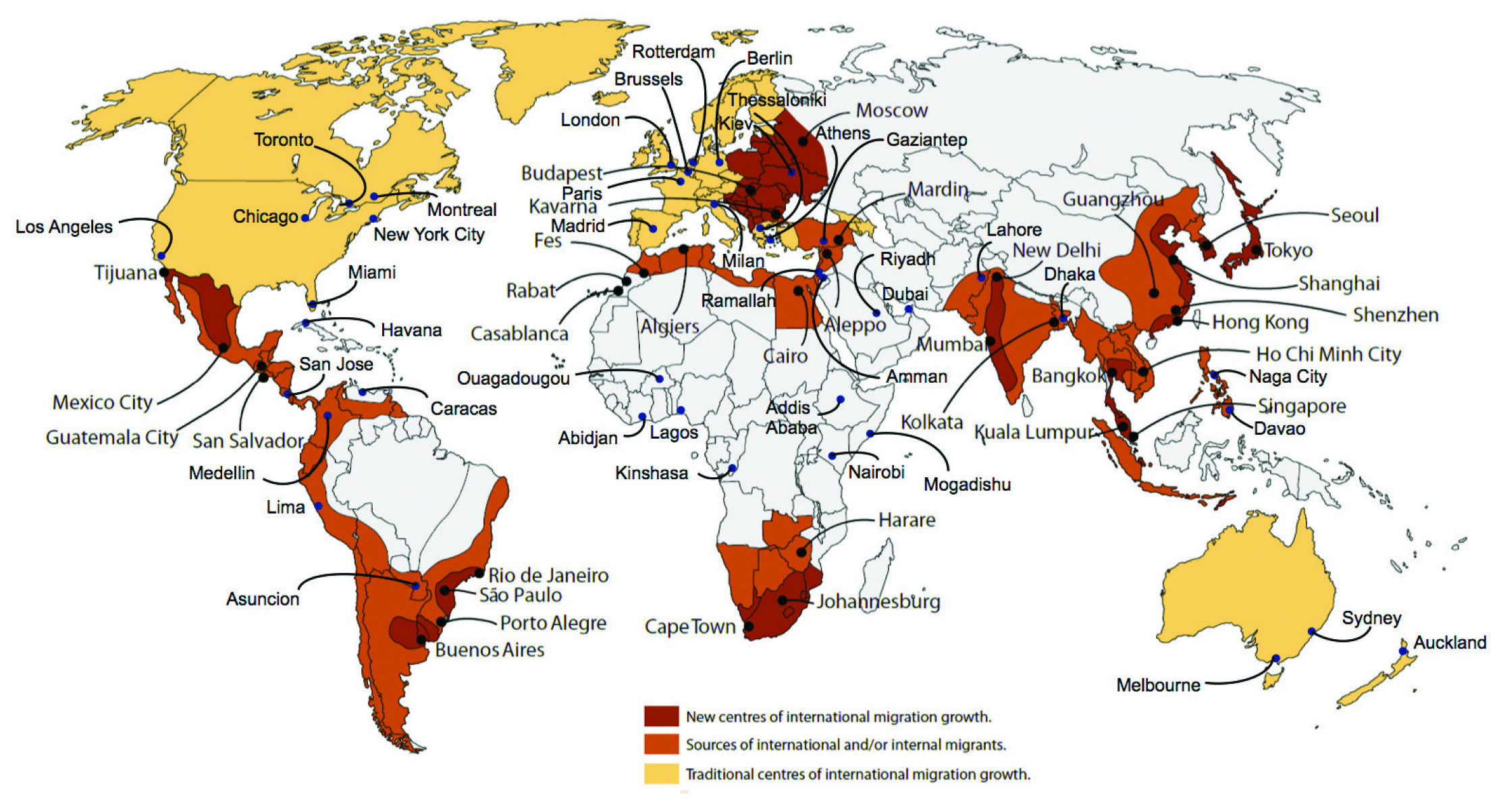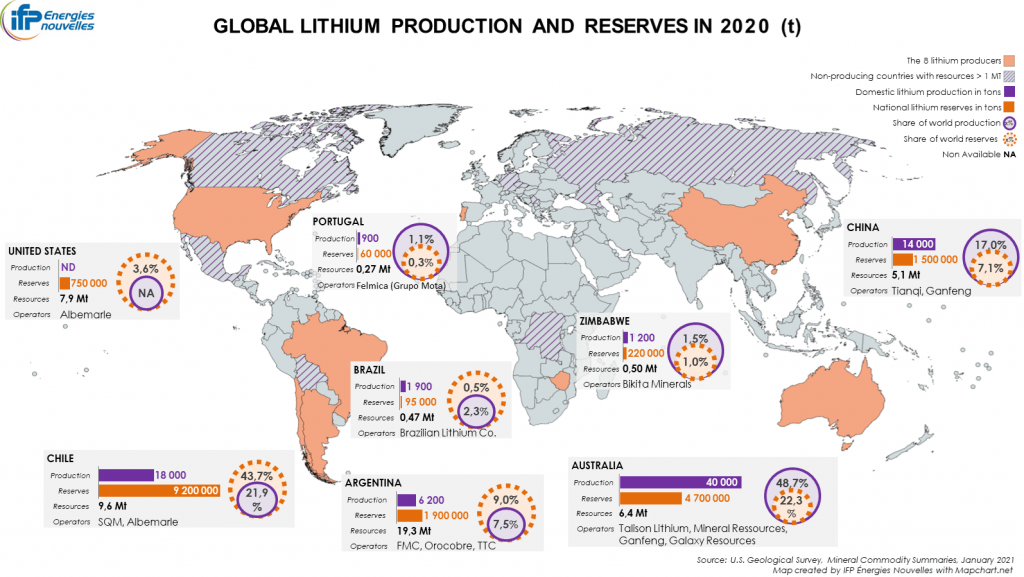Environment degradation, extinction of animals and how genetic engineering might play a future role in reversing the damage

Written by Zeng Han-Jun
Intuitively, many of us would presume that the reduction of animal populations in tropical forests and oceans, might be linked to the acceleration of climate change. And they would not be too far off because recent studies have shown that losses of animals and fishes do, in a way, lower the forests’ and oceans’ ability to store carbon, which might otherwise accelerate global warming. So how does it happen?
Firstly, tropical forests store roughly about 40% of the world’s carbon, but that carbon is released into the atmosphere when forests are degraded or destroyed. Huge animals such as large primates, tapirs, and toucans play important roles in dispersing the seeds of the largest trees that store the most carbon. For example, these animals consume fruits from trees, move around the forest, then move its bowels, thereby planting the seeds further away and new trees sprout from there. This process helps to maintain a healthy forest.
As a result, a fall in those animal populations has a direct impact on how successfully these forest environments can naturally maintain itself and prevent carbon from entering the atmosphere.
Secondly, the oceans are also critical part of the Earth’s carbon cycle, because it exchanges carbon dioxide with the atmosphere, which is a significant greenhouse gas connected to global warming and climate change.
Organic carbon may move from the top to the ocean depths via a natural process known as the biological pump, which occurs when algal material or fecal pellets from fishes and other creatures sink. Algae that are floating at the ocean’s surface, take in carbon dioxide that is absorbed by the large water body surface. The algae may sink directly into the ocean or gets eaten up by fishes and other creatures, excreting it as fecal pellets which then sink to the bottom of the ocean. Of course, this is just one of the ways how carbon dioxide is being absorbed. It could also happen due to the mixing of ocean waters.
Carbon that sinks below the ocean surface layer is sequestered, or stored, at the bottom of the ocean for hundreds of years or more, depending on the depth and location of the organic carbon export. This natural mechanism produces a sink that serves to balance the amount of carbon dioxide in our atmosphere.
Some of these animals, are very important nodes of these natural cycles and many of them are becoming extinct, like some species of whales, tigers, elephants, gorillas, rhinos, dolphins, etc. Many of us cannot appreciate how close these animal species are to extinction because they are often represented in children’s story books, television shows and movies. As these media platforms continue to air and showcase these animals, we might develop a false expectation that they would continue to exist, far into the future.
The reality?
We have only around 50,000 Asian elephants left in the world. The Sumatran elephants have it even worse, at around 2,000 plus left. As for tigers, many of them are disappearing from the face of Earth. The last sighting of a South China Tiger was in 1996 and there is roughly about 200 plus Malayan Tigers left in the wilderness. Also, due to deforestation, there is roughly about 200 plus Cross River Gorillas and 50 plus Javan Rhinos left.
Can you imagine if we are left with around 50 humans in the entire world?
Our environment and climate are changing steadily, and in some parts of the world, it is increasingly becoming very difficult for these animal species to survive. For the past few years, we have already lost the Northern White Rhinoceros, Baiji dolphins, Simeulue Hill myna, Lost shark, Smooth hand fish, Lake Lanao freshwater fish, Spined dwarf mantis and many more. Research by WWF showed that several species of Rhinos, Leopards, Orangutans, Gorillas, Tigers and many others will become extinct in the near- to mid-future.
There are many mechanical means of reforestation. Mechanical methods of harvesting fruits and sieving out seeds. Monitoring of Earth’s surface for green coverage and then streaming these data to cleverly crafted algorithms to guide drones for seed dispersal, green regeneration, battery charging and maybe even monitoring illegal poaching. But I think we should remind ourselves, from time to time, that the natural eco-system already has in place processes to regulate and maintain the health of forests and oceans. So, the mechanical methods should adapt as much as possible to natural-based solutions.
Zoos and nature parks are also some ways to slow down their extinction and like many organizations, proper governance, good consultancy and transparency, in addition to sufficient funding, might go a long way in aiding this cause. Another promising area is in the domain of genetics research.
Several recent genetics research around the world has produced favorable results in reviving certain bird strains, and this could be a game changer in protecting animal species. Genetic engineering has its problems, but it also has moral and ethical value in today’s society; hence, a new field of ethics is born to study and shed light on the ethical part of this field: bioethics. Bioethics is a branch of study as well as a professional practice concerned with ethical questions of science and technology and it is typically connected to problems like environment, well-being and public.
The topic of genetic engineering in reviving extinct species, could possibly surface more often in the future, and we most likely would see more conversational engagements between this scientific field and the ethics part of the equation. As such, more healthy ongoing engagements is key to achieving consensus to moving things forward (or backward in this case).
We need more accurate data about the current situation of both forests and oceans. However, with the ongoing tension between countries, promoting the use of monitoring and surveillance systems to obtain detailed understanding of animal and marine lives, could easily be misconstrued as being linked to military operations.
Aside from that, we need to present these data in a simple-to-understand format. From my experience, quite a number of people cannot connect with lengthy essays, professionally drawn charts and tables that are peppered with terms such as “experts”, “government” and the likes. There has to be a lot of purposeful storytelling with diverse representations, plus it should ideally be presented in an entertaining manner. I envision those collaborations with story writers, film makers (both short and long), meme creators, NFT artists and game developers to get some good mileage in disseminating such insights on the ground.
I mean, why not? Luxury watch makers are collaborating with management consultants in launching new watch series. Luxury car makers are collaborating with sneaker designers to launch new cars. Collaborations across traditional siloes could help to spark new products and reach new audience. Finally, we need to create platforms for real conversations to take place and put in place processes that could translate these discussions to impactful actions.





















